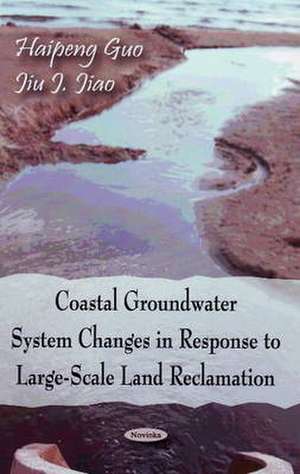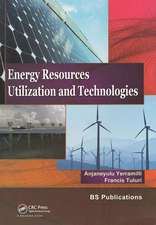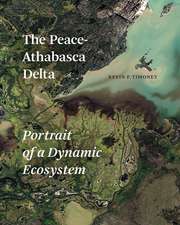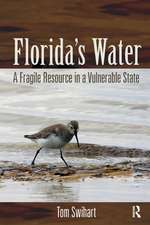Coastal Groundwater System Changes in Response to Large-Scale Land Reclamation
Autor Haipeng Guo, Jiu J. Jiaoen Limba Engleză Paperback – 31 dec 2008
Preț: 301.22 lei
Preț vechi: 406.77 lei
-26% Nou
Puncte Express: 452
Preț estimativ în valută:
57.64€ • 60.18$ • 47.70£
57.64€ • 60.18$ • 47.70£
Carte disponibilă
Livrare economică 14-28 martie
Preluare comenzi: 021 569.72.76
Specificații
ISBN-13: 9781606922187
ISBN-10: 1606922181
Pagini: 89
Ilustrații: tables & charts
Dimensiuni: 152 x 229 x 8 mm
Greutate: 0.18 kg
Ediția:New.
Editura: Nova Science Publishers Inc
ISBN-10: 1606922181
Pagini: 89
Ilustrații: tables & charts
Dimensiuni: 152 x 229 x 8 mm
Greutate: 0.18 kg
Ediția:New.
Editura: Nova Science Publishers Inc
Cuprins
Preface; Introduction; Impact of Land Reclamation in an Extensive Land Mass; Impact of Land Reclamation in an Island; Summary and Conclusions; Index.














